The Dominican Republic’s flag is a unique emblem, intertwining historical richness and cultural significance. More than just a symbol, it mirrors the nation’s journey and aspirations. This brief introduction leads to a deeper exploration of its distinctive colors and symbols, each element a chapter in the Dominican narrative.
Dominican Republic Flag
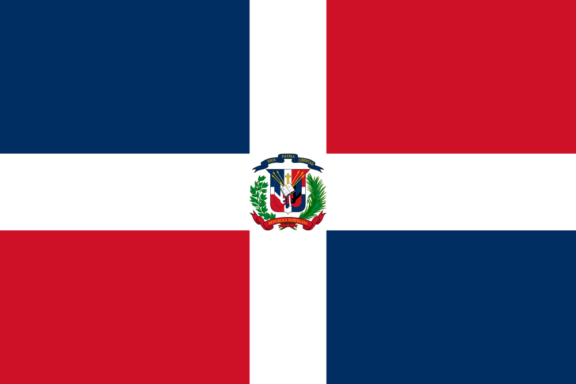
The Dominican Republic’s flag features a distinctive central white cross, dividing it into four quadrants and showcasing the coat of arms at its center, symbolizing the nation’s dedication to faith, independence, and heritage, narrating its path to sovereignty.
Dominican Flag: Color Palette
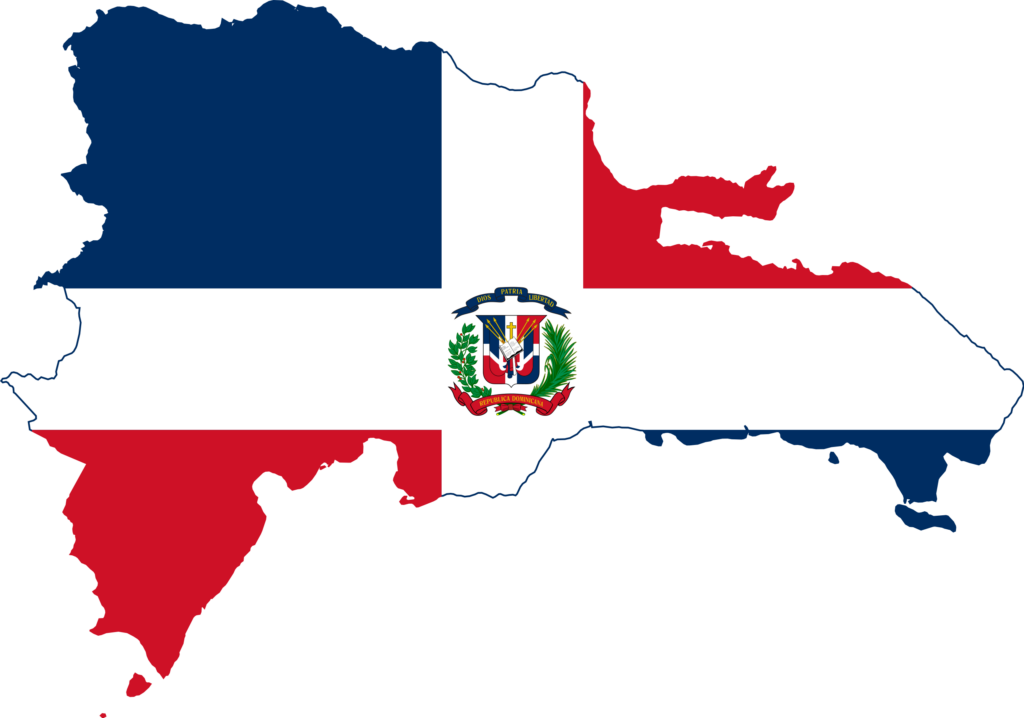
Dominican Republic Flag Emoji: 🇩🇴
The color palette of the Dominican Republic’s flag is a harmonious blend of red, blue, white, and green, each selected for its profound significance. This palette is a visual delight representing the nation’s ethos and history.
Meaning of Each Color
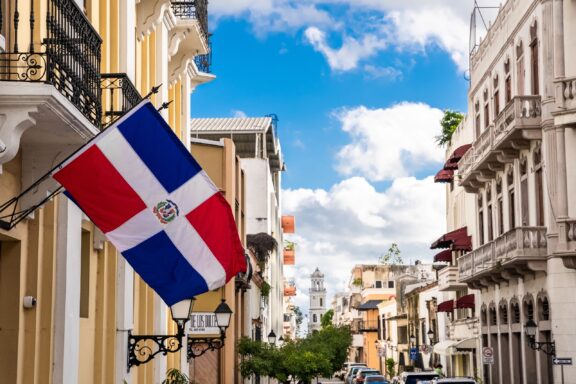
Red
This vibrant hue is a tribute to the bravery and sacrifice of those who fought for the nation’s independence. It is a poignant reminder of the struggle and bloodshed that paved the way to freedom, symbolizing the courage and resilience of the Dominican people.
Blue
Symbolizing liberty, the blue flag represents the sky and the ideals of progress under divine protection. It also carries historical significance, echoing the nation’s fight against slavery and colonialism and embodying loyalty and the spirit of freedom.
White
Representing peace and dignity, white in the flag transcends its visual appeal to embody unity and purity. It reflects the aspirational qualities of the Dominican Republic, uniting its people in a common pursuit of harmony and integrity.
Dominican Republic Coat of Arms
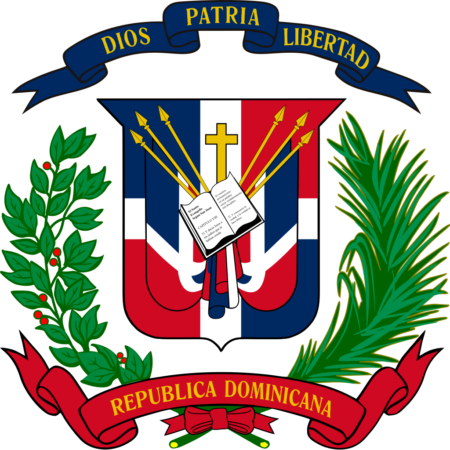
The Dominican Republic’s coat of arms, prominently featured on its flag, is more than an emblem; it embodies the nation’s core values and spiritual foundations.
Featuring an open Bible and a cross, it symbolizes faith, truth, and freedom. Laurel and palm branches signify victory and independence, while the mottoes “Dios, Patria, Libertad” and “República Dominicana” express devotion to God, homeland, and liberty.
This emblem is a testament to the nation’s enduring principles and heritage, reflecting its journey through history and desires for a better future.
Historical Evolution and the Meaning Behind Changes
The flag of the Dominican Republic has undergone a notable evolution in its design and symbolism since its inception. Initially formulated by Juan Pablo Duarte, the original design was established during the 19th century amidst the nation’s struggle for independence.
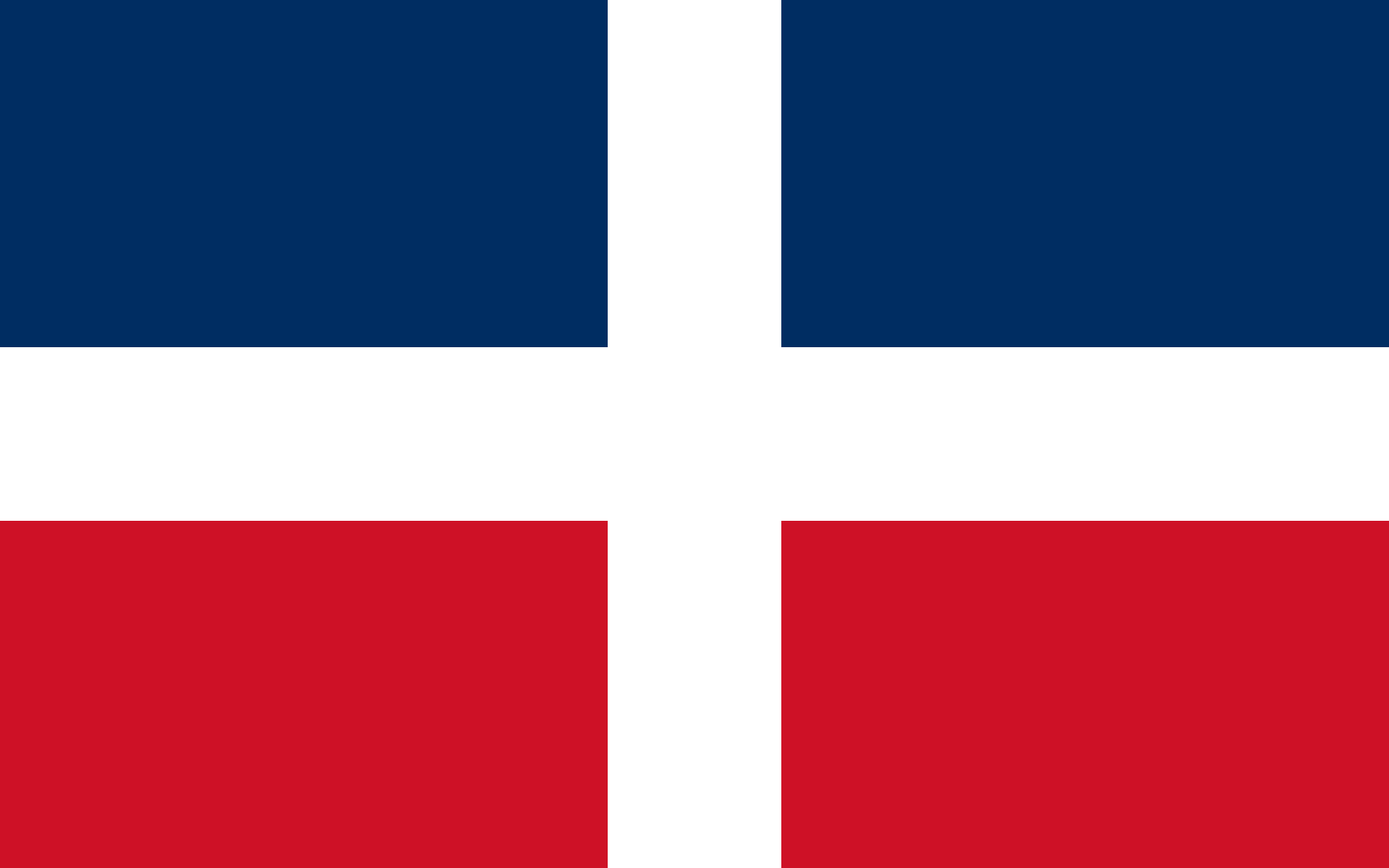
The most significant change in the flag’s design occurred in the latter half of the 19th century, with the coat of arms in the center, symbolizing a deepening sense of national identity and unity.
Over the years, the flag’s colors have remained consistent. Each hue – red, blue, and white – has preserved its symbolic meaning, reflecting the Dominican Republic’s transition from colonial rule to independence.
The consistency in colors and the evolution of the flag’s design reflect the Dominican Republic’s historical trajectory, with changes in the flag mirroring the nation’s growing sense of self and the consolidation of its character.
Overall Symbolic Meaning of the Flag
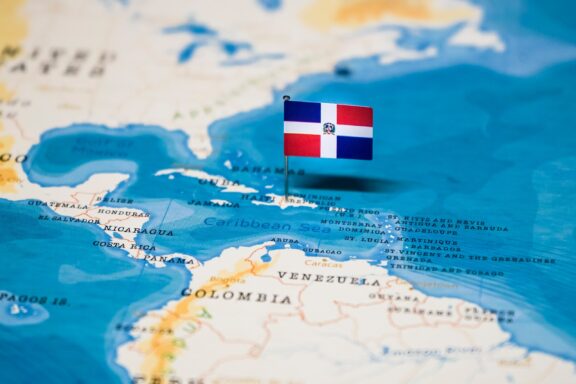
The flag of the Dominican Republic represents the nation’s progression from historical challenges to self-governance, symbolizing the resilience of its people and highlighting their commitment to progress and prosperity, underscoring a collective sense of identity and national pride.
Similar Flags to the Flag of the Dominican Republic
Let’s uncover flags from around the world that share striking resemblances with the Dominican Republic’s flag, highlighting their unique connections and similarities.
Panama
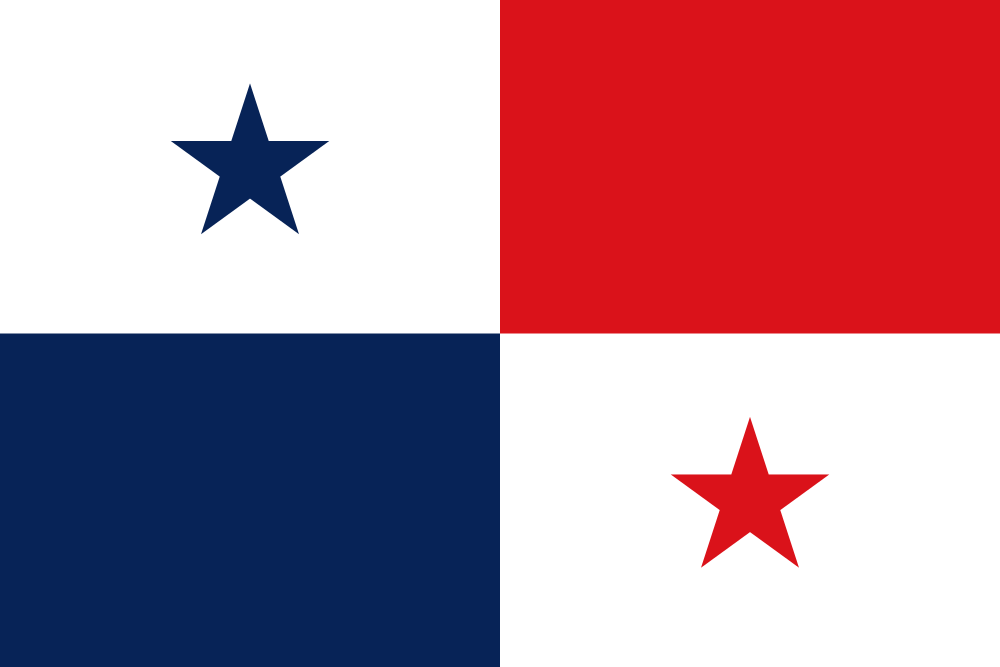
Panama’s flag, featuring a quartered design with red and blue quadrants, visually resembles the flag of the Dominican Republic.
Although different in symbolism, this similarity in layout reflects a common design preference in the region, emphasizing the importance of national identity and the shared values of liberty and sovereignty.
Haiti
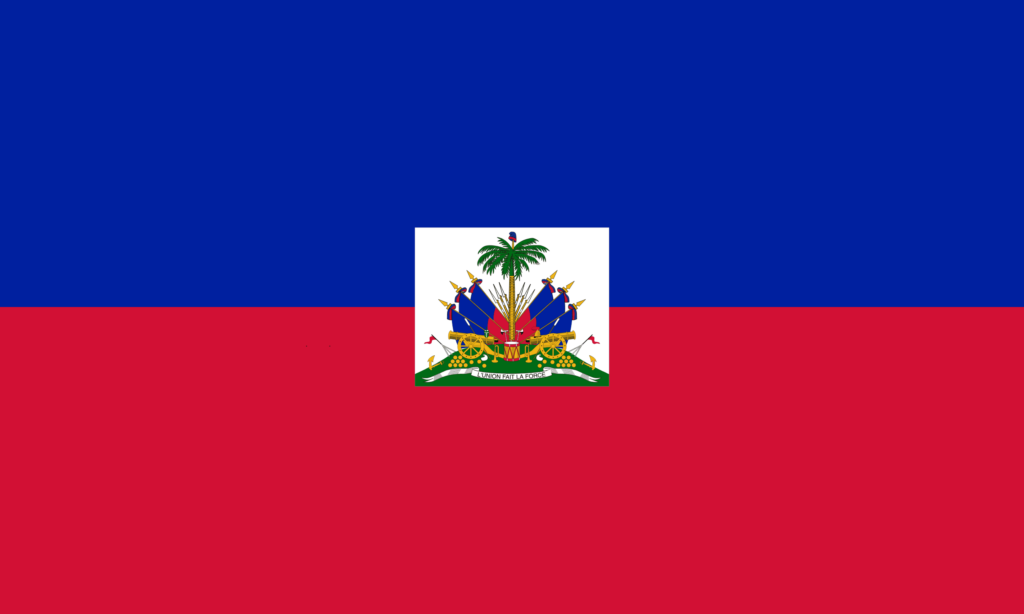
While distinct in its design, Haiti’s flag shares a profound historical connection with the Dominican Republic, as both countries are situated on the island of Hispaniola.
This shared geographical and historical context, particularly their parallel journeys towards independence from colonial rule, is reflected in the symbolism and spirit of their respective flags.
Chile

Chile’s flag, known for its red and blue colors, echoes themes of freedom and independence, akin to the Dominican Republic’s flag.
Although in a different arrangement, using similar colors highlights a common narrative in the Americas, where many countries’ flags symbolize their struggles for autonomy and self-determination against colonial powers.
Conclusion
The Dominican Republic’s flag, with its unique symbolism and design, holds a distinguished place among the world’s flags. It embodies the nation’s historical struggles and triumphs, representing not just national identity but also the unity and aspirations of its people.
Image Sources and Copyright Information
- Dominican Republic Flag on Urban Street: © onapalmtree/Shutterstock
- Dominican Republic Flag Pin on Map: © hyotographics/Shutterstock